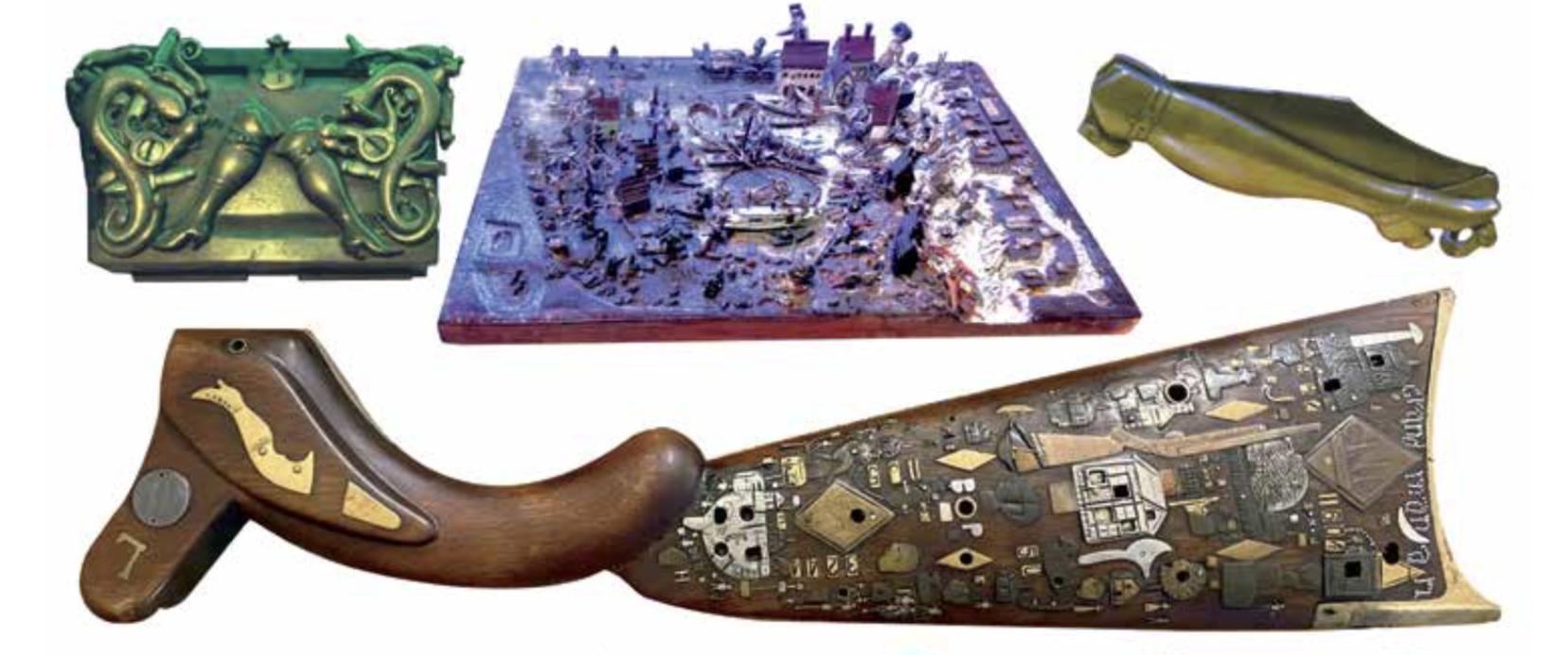Grand Manan’s Dark Harbour Hermits
An Illustrated Article by Brandon Hicks
Grand Manan, marketed as the “Queen of the Fundy Isles,” is the largest of the three islands that lie at the entrance of the Bay of Fundy, N.B. Accessible from the mainland via a 90-minute ferry ride, those travelling by car can drive the length of the island in under half an hour. It’s small, isolated and — when visible through an almost-omnipresent fog — extraordinarily beautiful.
According to oral tradition, the island was mostly used as a safe harbour and burial spot for Wolastoqiyik, Passamaquoddy and Penobscot peoples before French explorer Samuel de Champlain landed in 1606. After nearly two centuries of contentious land disputes between French, English and American interests, ownership was ultimately ceded to the British in 1794. The area attracted a number of wayward travellers; pirates came and went, and shipwrecks were remarkably frequent.
By the turn of the 20th century, the island had established itself as a major Canadian tourist destination, with its unique escarpments and aquaculture attracting explorers around the world. A carousel of wealthy visitors, travel writers and scientists helped bolster the island’s reputation, and as Grand Manan’s travel industry continued to grow, two enterprising brothers were there to take advantage of it.
William and Louis Greene, born in 1863 and 1861 respectively, grew up in the tiny farming and fishing community of Castalia. With a population of around 300, it was hardly a metropolis, but nevertheless proved too large for the brothers. As legend has it, the pair withdrew to become hermits.
In later years, the brothers hermitage was attributed to apocryphal stories of lost loves and self-imposed exiles. A century later, it has become nearly impossible to untangle fact from fiction. For William and Lewis, that was the point. Not only were they fishermen, craftsmen and poets, they were also performers who fully embodied their characters, even adopting folksy monikers to cement their image.
William became Darby, and Lewis was called Lucy. Together, they were the Dark Harbour Hermits, living on the western coast of the island, which was the last section to see sunrise on account of the high cliffs that surround it. The brothers lived only a few yards apart in two small homes they had made from lumber collected along the shoreline.
Photo: New Brunswick Archives
Darby’s cabin was nicknamed “The Bat,” after a ship whose wreck supplied most of the raw materials used to build it. Journalist Chester Allen Dickson visited in 1937, describing Darby’s abode as “starting with a mere hut over three decades ago, the hermit has built unto the main structure several editions of unique architectural design, which represented many years of toil on the part of the near-sighted builder.”
The brothers’ personal enclave became local legend, attracting tourists drawn to their rugged charm, colourful stories and uniquely crafted artworks. While both brothers were celebrated for their ability to sing and recite poetry, Lucy was especially regarded for his intricately designed woodworks, paintings and metal dioramas.
Unique among his creations were his decorative rifle stocks. These singular objects were made by fitting colourful metals into polished wood, using tools considered archaic at the time.
This photo essay is an excerpt, available in full in the Fall/Winter 2024-2025 issue of Studio Magazine.













